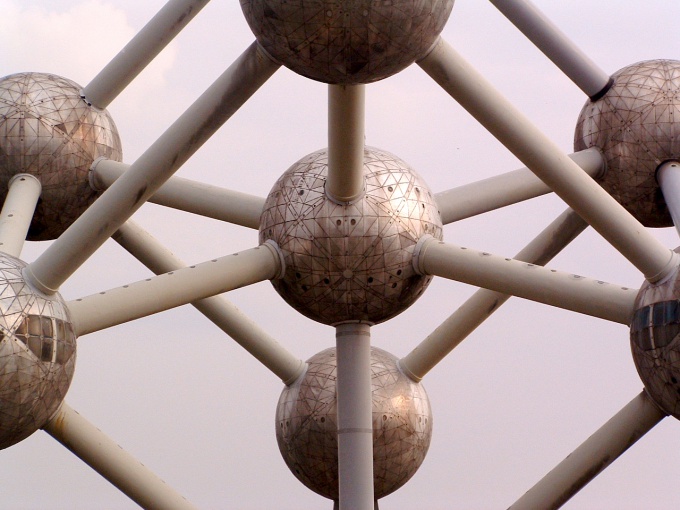You will need
- Table of chemical elements of D. I. Mendeleev
Instruction
1
The atom of any substance consists of electron shell and nucleus. The core consists of two types of particles - neutrons and protons. Neutrons have no electric chargeand that has an electric charge of neutron is zero. Protons are positively charged particles have an electric chargeequal to +1. The number of protons characterizes the atomic number of the atom.
2
The electronic shell of the atom consists of electron orbitals, which has a different number of electrons. Electron - a negatively charged elementary particle. Its electric charge is -1.
Using the atoms can also be connected into molecules.
Using the atoms can also be connected into molecules.
3
In a neutral atom the number of protons equals the number of electrons. Therefore, its charge equal to zero.
To determine the charge of the ion, it is necessary to know its structure, namely the number of protons in the nucleus and number of electrons in electronic orbitals.
To determine the charge of the ion, it is necessary to know its structure, namely the number of protons in the nucleus and number of electrons in electronic orbitals.
4
The total charge of the ion is obtained by algebraic summation of the charges of its constituent protons and electrons. The number of electrons in the ion can exceed the number of protons, then the ion will be negative. If the number of electrons is less than the number of protons, then the ion will be positive.
5
Knowing the chemical element on the periodic table we can determine its atomic number, which equals the number of protons in the nucleus of an atom of that element (for example 11 of sodium). If one of the electrons left the atom of sodium, the sodium atom would not be 11, and 10 electrons. The sodium atom will become a positively charged ion with chargeZ ω= 11+(-10) = +1.
Be referred to such a ion would be the symbol Na plus above, in the case of a chargeof a +2 - two pluses, etc., Respectively, for the negative ion is used the minus sign.
Be referred to such a ion would be the symbol Na plus above, in the case of a chargeof a +2 - two pluses, etc., Respectively, for the negative ion is used the minus sign.
